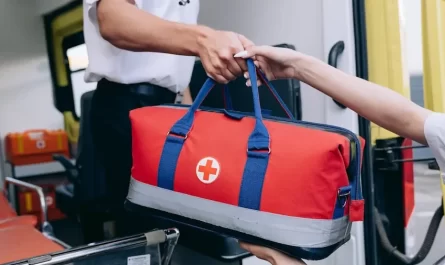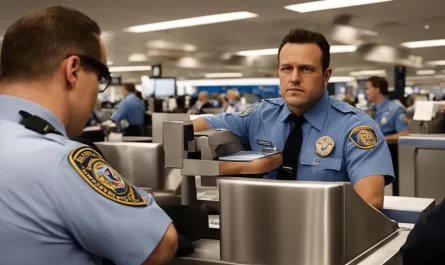Navigating TSA Checkpoints with Small Children
Contents
Traveling with small children can be challenging, but with the right preparation, you can breeze through TSA security checkpoints. The TSA has implemented various procedures to make the screening process easier for families with infants, toddlers, and young children. From modified screening methods to allowances for necessary baby items, these tips will help ensure a smooth journey through airport security.
Traveling through a TSA security checkpoint with an infant, toddler, or small child can be smooth with proper preparation and knowledge. By understanding the screening process, utilizing TSA PreCheck, and following guidelines for carrying infants and handling baby items, you can ease the journey.
Screening Infants, Toddlers, and Children
Key Points:
- Carry Infants: Parents should remove infants and children from strollers and car seats and carry them through the walk-through metal detector. Infants can also be carried in a sling or carrier.
- No Separation: Children will not be separated from their parents or guardians during the screening process.
- TSA PreCheck® Benefits: Parents enrolled in TSA PreCheck® can bring their children through the PreCheck® lane. Children under 12 can keep their shoes, light jackets, and headwear on.
- ID Requirements: Children under 18 do not need to present ID at the travel document checking podium.
Traveling with Liquid Formula, Breast Milk, and Baby Food
Key Points:
- Allowances: Formula, breast milk, toddler drinks, and baby food in quantities greater than 3.4 ounces are allowed in carry-on baggage. These items are considered medically necessary liquids.
- Screening Process: Inform the TSA officer at the beginning of the screening process and remove these items from your carry-on for separate screening. It’s recommended to pack them together in one area of your carry-on bag.
- Containers: Transporting formula and breast milk in clear, translucent bottles can expedite the screening process.
- Cooling Accessories: Ice packs, freezer packs, and gel packs used to cool formula or breast milk are allowed in carry-ons.
The TSA 3-1-1 Rule: Airplane Liquid Limits & Restrictions
Screening Children’s Items: Strollers, baby carriers, car seats
Key Points:
- Carry-On Items: Place all carry-on baggage, including children’s toys, bags, and blankets, on the X-ray belt for screening.
- Larger Equipment: Strollers, baby carriers, car seats, and other large items must also be screened by X-ray. If they do not fit through the X-ray machine, they will undergo a visual/physical inspection by TSA officers.
Screening Children with Medical Conditions or Disabilities
Key Points:
- Inform TSA Officers: Let the TSA officer know if your child has a disability, medical condition, or medical device, and explain how to alleviate any concerns during screening.
- Mobility Aids: Inform the TSA officer if your child can walk through the metal detector or needs to be carried. Children will not be removed from mobility aids, wheelchairs, or scooters.
- TSA Cares: Contact TSA Cares 72 hours before traveling for assistance with screening policies and procedures. They can help answer questions and provide support at the security checkpoint.
Traveling with small children doesn’t have to be stressful. By following these TSA tips, you can ensure a smoother and more efficient experience at the security checkpoint, allowing you to focus on enjoying your journey.
TSA PreCheck for FreeTSA Tips for Traveling with Small Children
What to do if something is missing from your checked bag?
TSA Clothing Rules and Regulations
What does code SSSS mean on a boarding pass?
Can I bring big luggage through airport security?
Does Airport Security Flag Tampons?
Travel Tips to Help Seniors through TSA
Flying with Your Service Animal
Essential Tips for Travelers in Wheelchair
Can I Bring My Own Wheelchair Through TSA?
Going through airport security with food



